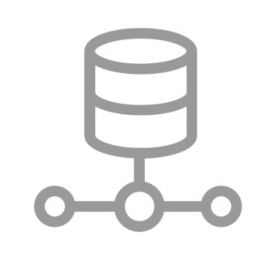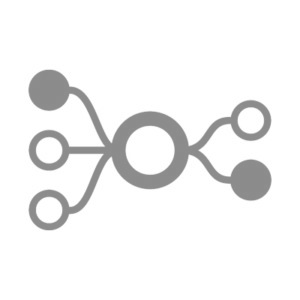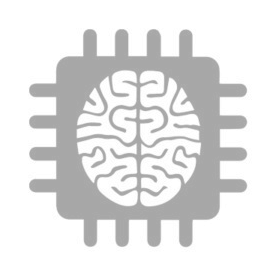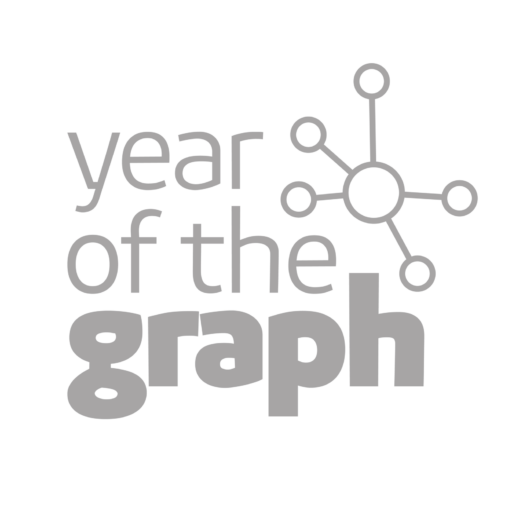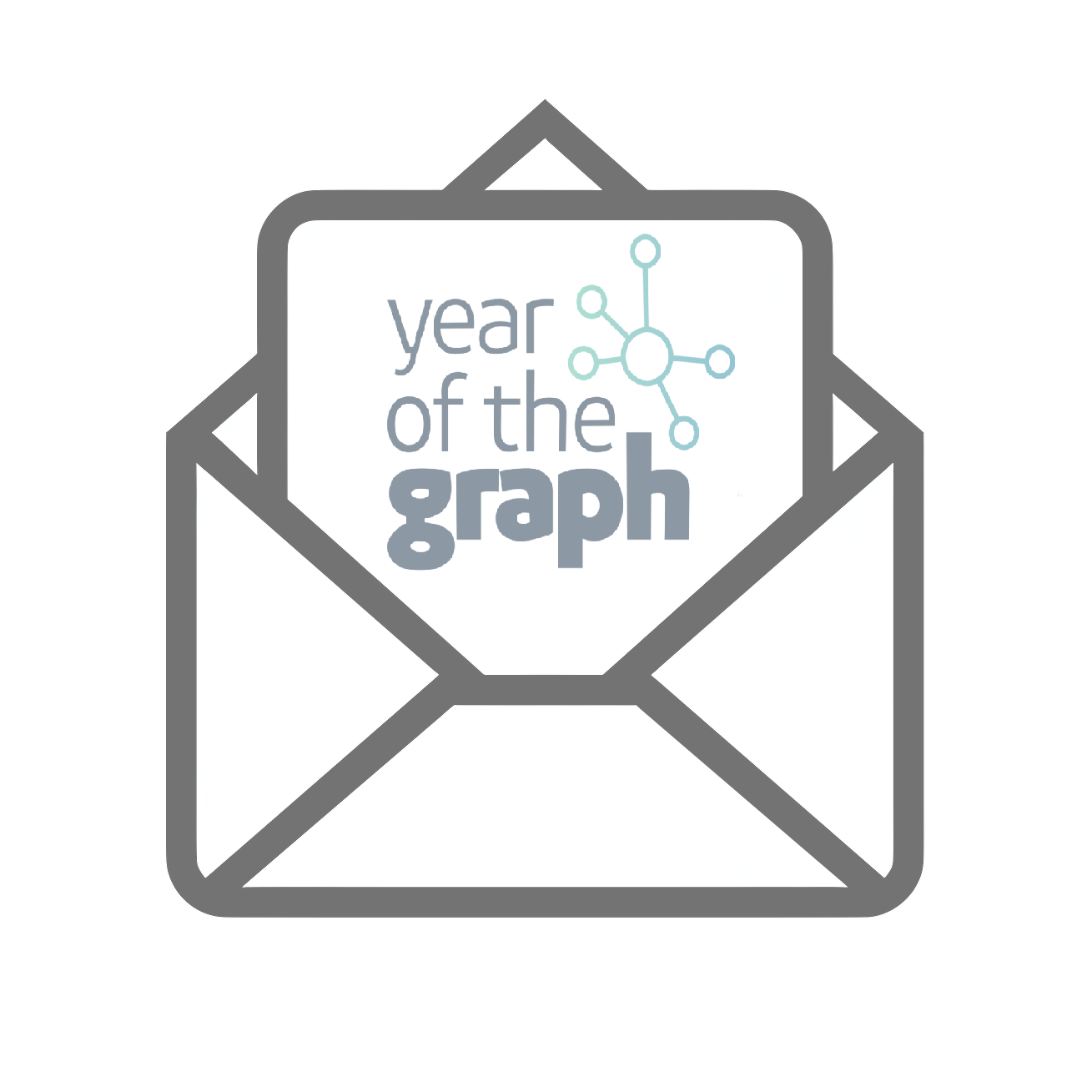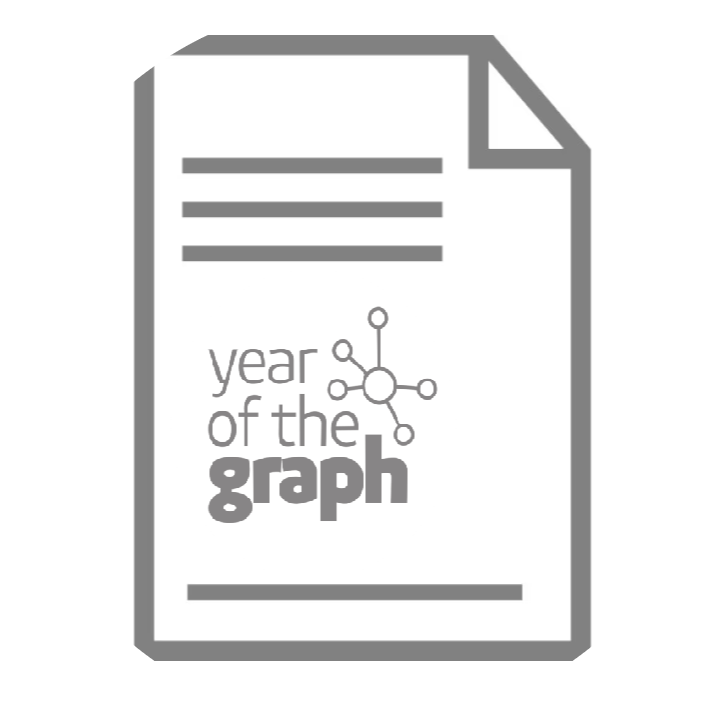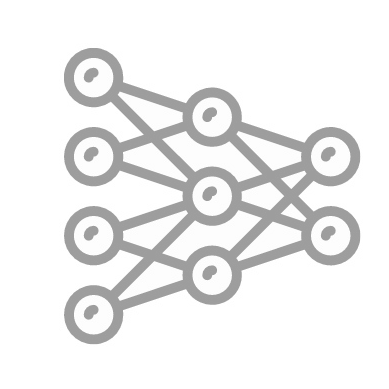
Graph Analytics
Graph analytics will grow in the next few years due to the need to ask complex questions across complex data. Path finding, centrality, community detection and similarity are some of the main classes of graph algorithms. Graph algorithms have many applications in data analytics.
From the bridges of Königsberg to modern data science
What is the optimal way to go through a number of bridges? The history of graph theory is linked to this question. The bridges in question were the bridges of Königsberg.
The year was 1736. And the person who formulated a model to answer this question was Leonhard Euler. Euler was a Swiss scientist and engineer, and much of his work is foundational to modern science. Euler’s solution on the bridges of Königsberg is the basis of graph theory. There is a line connecting Euler to modern data science.
What Euler did was to model the bridges and the paths connecting them as nodes and edges in a graph. Euler formalized the relationships between nodes and edges. That formed the basis for many graph algorithms that can tackle problems such as the bridges of Königsberg.

From the World Wide Web to the Giant Global Graph
The most famous graph algorithm is probably PageRank – the foundation of Google’s empire. PageRank models documents on the web as a graph, and uses links among them to derive relevance for a specific query. But Google’s success with PageRank is just the tip of the iceberg.
From the 18th century to today, a number of graph algorithms have been developed. Path finding, centrality, community detection and similarity are some of the main classes of graph algorithms. Graph algorithms have many applications in data analytics.
From eBay and NASA to investigative journalists and independent data scientists, graph analytics power real-world use cases and make a difference every day. From recommendations and fraud detection to network analysis and natural language processing.
This is why the analyst firm Gartner predicts that “graph analytics will grow in the next few years due to the need to ask complex questions across complex data”.
Explore Graph Analytics resources
